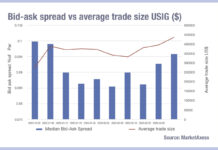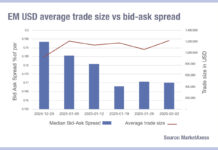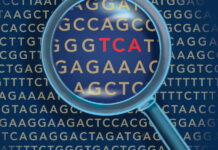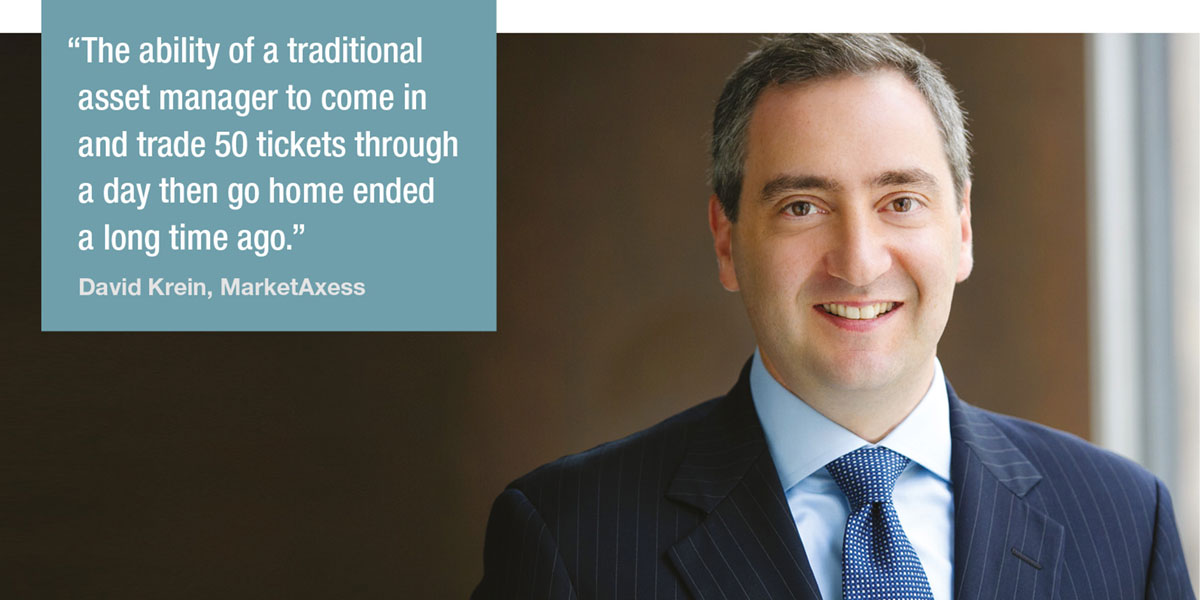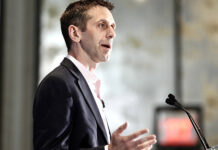As data use becomes more prevalent, trading desks need to introduce new skills on the desk either through training or new team members.
Twenty years ago, some banks started to identify as ‘technology companies that did banking’. Asset managers are still far from that appellation, but their potential investment in and use of data is creating a real struggle to find or develop talent which can help them gain an edge.
Volumes of bond issuance, driven by low interest rates hit records in 2021, while trading in secondary markets has continued to see banks struggling to commit capital. Non-bank market makers have successfully brought additional liquidity into the fray, primarily if not exclusively for bonds that are tracked by indices used as a benchmark for passive funds.
“The buy side has seen a huge rise in the number of new issues, especially in US investment grade, the dominant credit market,” says David Krein, global head of research at MarketAxess. “The ability of a traditional asset manager to come in and trade 50 tickets through a day then go home ended a long time ago. They walk in, their desk may be half as big as it was five years ago and they have ten times as many tickets. We believe the solution is automation, and depending upon the resources of the firm they can either buy or build.”
Many new fintech firms are offering price data for parts of the market – as are new tool sets from existing providers – which can allow traders to get a better picture of pre-trade liquidity and price points. In this changeable, high pressure and data rich environment asset management trading desks have been faced with an uphill struggle to adapt.
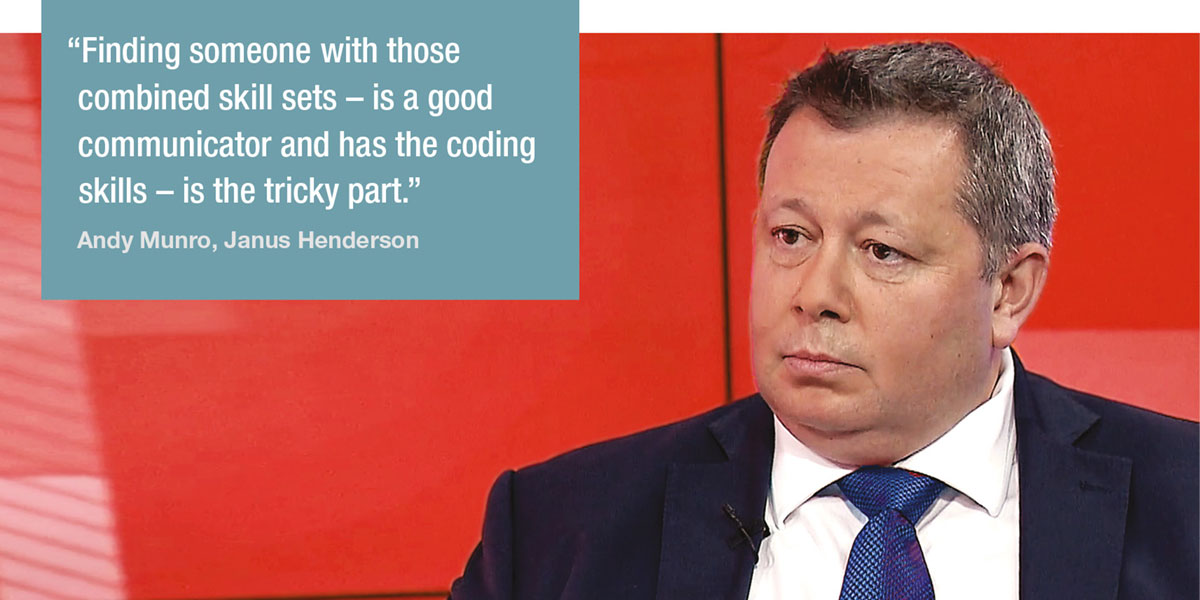
“If you don’t evolve and change you become a dinosaur very quickly,” says Andy Munro, global head of fixed income trading, Janus Henderson. “When I first started, we didn’t have an order management system (OMS) we had paper tickets and ledgers. What we are handling now in volume, with the same or fewer members of staff than ever before, means that you must be comfortable with those demands, and understanding how technology does what it does.”
Balancing the pace of change in the wider industry and how this might affect a particular firm and the various types of funds that the trading desk deals for, can be difficult for a head of desk. The overall goals of trading desks are not changing, the processes are simply becoming more quantifiable and automated.
Krein says, “A buy side desk, even absent technology, is in the business of collecting information, synthesising it and acting on it in a way that satisfies their liquidity needs. The data effort that they have underway to support automation and other elements are really about making that process more efficient and more effective.”
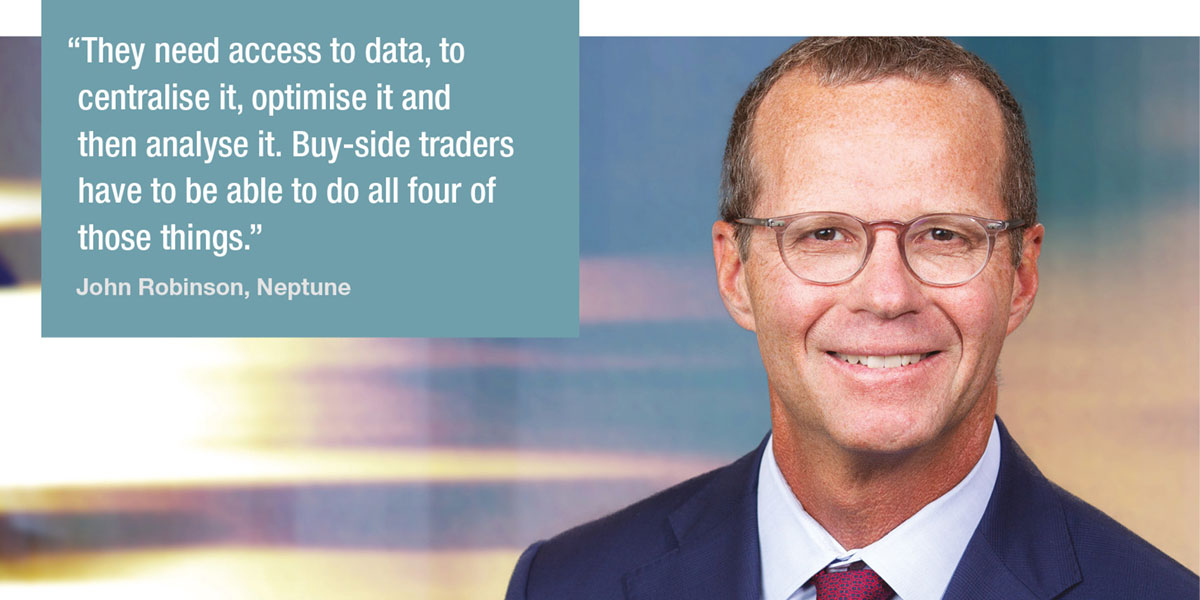
New skills or new traders?
It has become commonplace for non-technology staff to learn at least the basics of coding in certain languages that can support trading, but this does not mean they are stepping in to manage technology directly.
“It really begins with buy side firms investing and committing to technology, because that’s going to determine what type of buy side traders they are really going to need and use,” says John Robinson, CEO of Neptune. “They are not necessarily data scientists, but they are very fluent in data. They need access to data, to centralise it, optimise it and then analyse it. Buy-side traders have to be able to do all four of those things. It gives them the resources for pre trade data to build portfolios, to access liquidity just in a timely and efficient manner. One client that I spoke with has now four buy side traders and eight quant’s on his team.”
Reskilling existing traders is one option, and certainly there are drives to increase the level of awareness of and ability to use data amongst existing traders.
“The vision of head traders sitting around coding in Python is not real,” says Kevin McPartland, head of market structure and technology research at Coalition Greenwich. He observes that data science is the number one skill sought after on trading desks, according to recent research conducted in partnership with Refinitiv, part of LSEG.
“Looking at the college hiring programmes that asset managers have, those kids are all expected to be able to do that data work,” he says. “I personally know a credit trader who is taking tech classes to up their game – there is a lot of that going on.”
“When we hire our juniors now we expect them to have coding skills. It’s a prerequisite,” confirms Munro. “We have always needed people that can think fast, are comfortable making decisions, communicate well and can prioritise their time across market movements and the number of orders on their blotter. They have also always had to work well together in a team, to be good at maths, and people that have a genuine interest in the markets.”
The real edge for applicants is in their ability to bridge the gaps in demand.
“Finding someone with those combined skill sets – is a good communicator and has the coding skills – is the tricky part,” says Munro.

Gaining an edge
Providers of data see a positive cycle as the electronification of fixed income trading supports greater production of data which can – with the right analysis – be used to enhance the efficiency with which traders engage in the market. The ways in which this is used varies considerably between different investment managers.
“Systematic funds see an opportunity to provide liquidity and capture some bid-ask spread for themselves, partly by turning over risk faster than some of the incumbent market participants,” says Krein. “Many of those funds operate alongside the traditional client-to-dealer bilateral trading relationships, which is still very dominant and lucrative, but increasingly there are a whole other set of ways to participate.”
For those within the more traditional dealer-to-client model, there are still considerable advantages if data can be leveraged, but managing the time of traders support staff is challenging while a skills gap exists.
“We’re trying to develop our own systems, our own data oversights, and what we have found is that we hired someone who is very good at handling data and training them to be a trader and riding two horses at the same time was very difficult,” Munro says. “A lot of what we do is being done by traders out of normal hours so we are hiring someone just to do that. The bright young people that we hire are far better at taking what we do and systematising it through a developer.”
Third party firms can also be a strong partner in helping to develop more data-led processes, particularly where in-house developments can be connected with marketplaces and counterparties.
“We work in conjunction with a lot of the vendors to give them ideas on how to streamline process,” says Munro. “So, a lot of what we build internally eventually gets rolled out – especially on the portfolio trading front – and our processes can now be more electronic as we have tried, tested and refined the process to a stage where we are comfortable.”
©Markets Media Europe 2022


